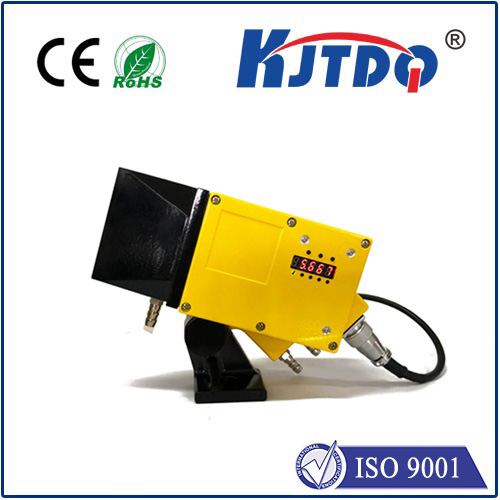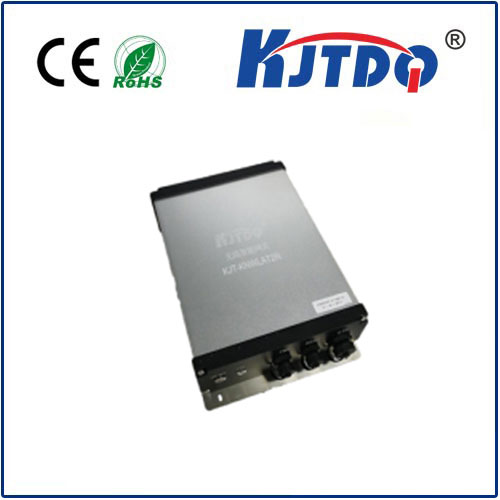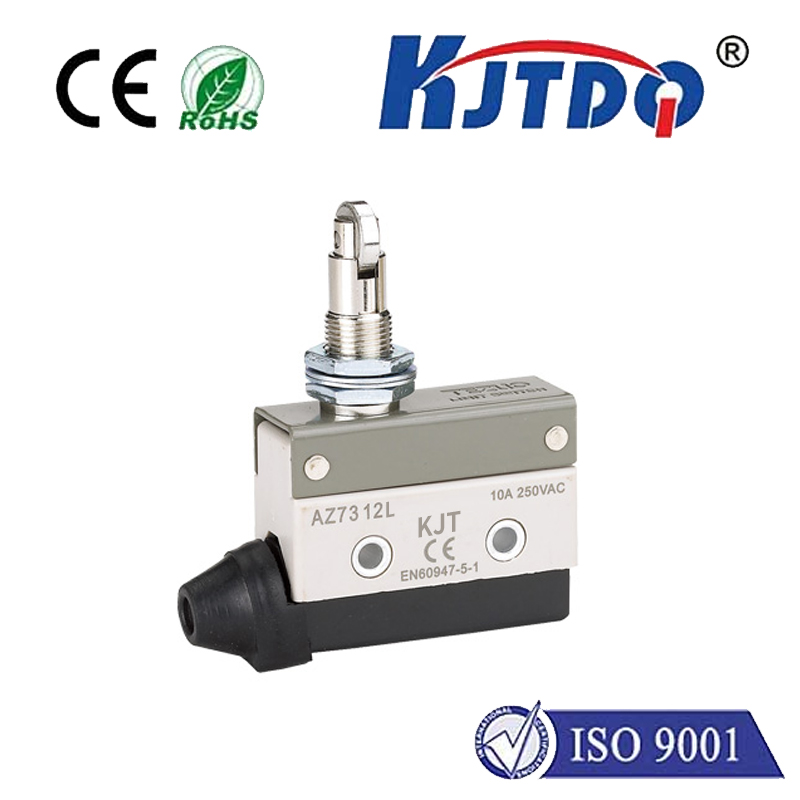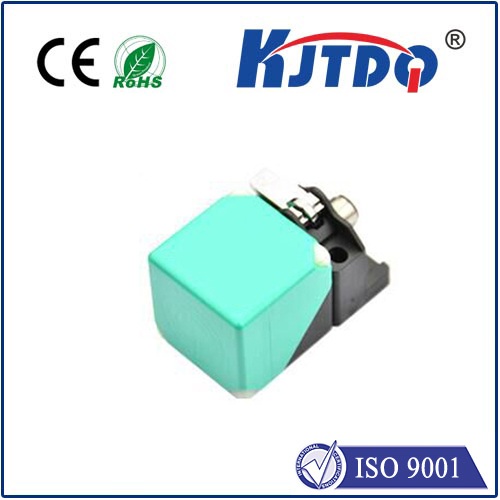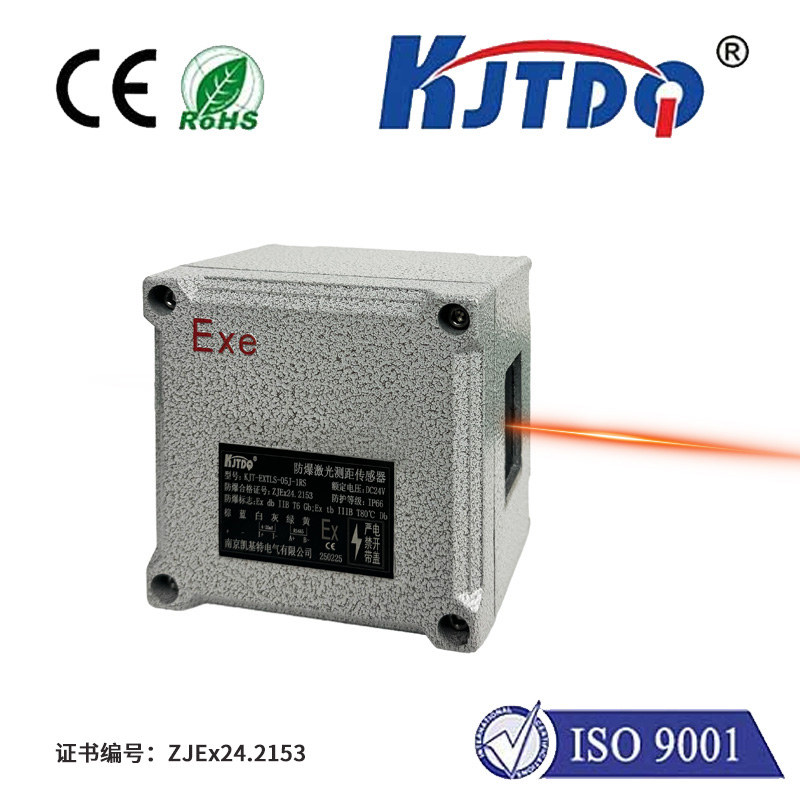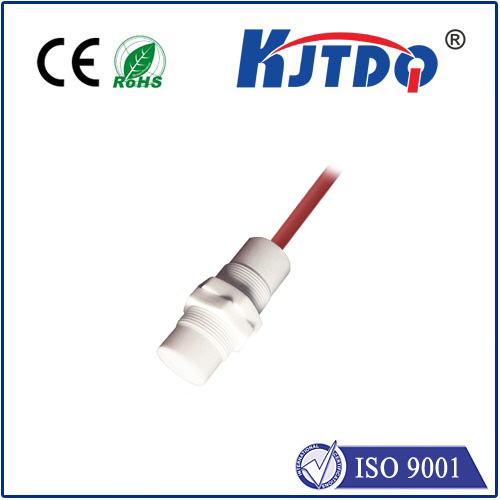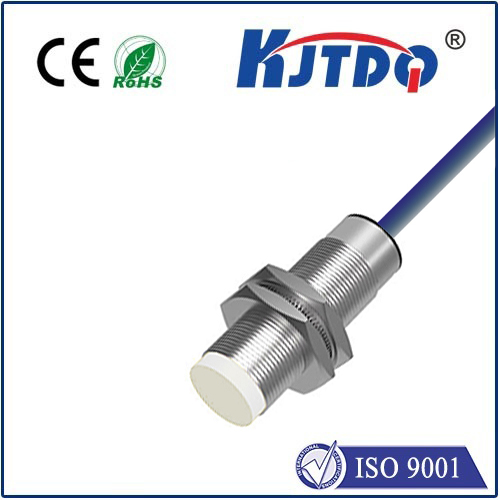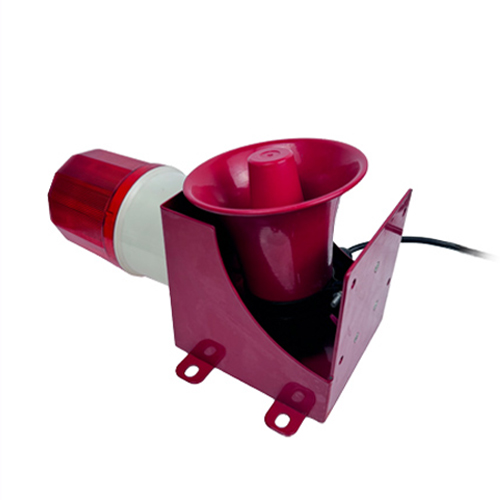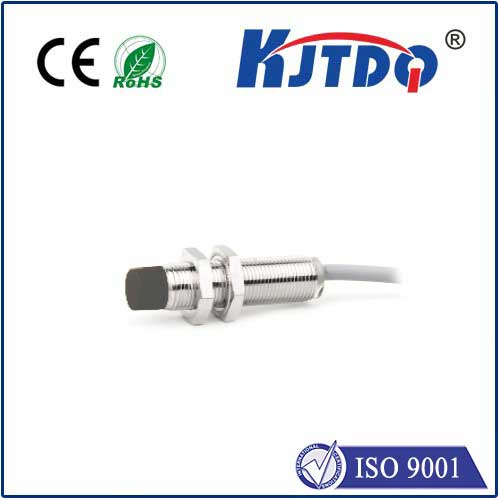ac proximity sensor
- time:2025-06-15 02:18:34
- Click:0
The Power of Detection: Unlocking AC Proximity Sensors for Industrial Automation
Picture an automotive assembly line: robot arms move with precision, welding sparks fly, and components glide seamlessly into place. Hidden from view, a crucial component ensures this ballet of metal and motion runs safely and efficiently. It detects the presence of metallic parts without a single touch, triggering actions with remarkable speed and reliability. This unsung hero? The AC proximity sensor. In the demanding world of industrial automation, non-contact sensing is paramount, and AC-powered proximity sensors remain a vital solution for countless metal detection tasks. How does this technology work its silent magic, and why does it continue to be a cornerstone of modern factories? Let’s explore the essential role of these robust sensors.
The Heartbeat of AC Sensing: Electromagnetic Fields
Unlike their DC counterparts, AC proximity sensors operate using alternating current. This fundamental difference shapes their core functionality. Inside the sensor’s face, an oscillator generates a high-frequency alternating magnetic field. When a ferrous (iron-containing) or non-ferrous metal object (like aluminum, brass, or copper) enters this active field, it interacts profoundly with it. For ferrous metals, the field induces magnetic poles within the material, effectively drawing in the magnetic flux. For non-ferrous metals, the alternating field induces swirling electrical currents within the target material itself, known as eddy currents. Both phenomena – magnetic absorption and eddy current generation – cause a measurable loss of energy within the sensor’s oscillating circuit. This energy loss triggers the sensor’s switching electronics. Once the disturbance exceeds a predefined threshold, the sensor’s output state changes dramatically – typically switching from “OFF” to “ON” or vice versa (configured as Normally Open - NO, or Normally Closed - NC). This rapid electronic response happens without any physical contact, enabling truly wear-free operation in harsh industrial settings.
Why Choose AC? Distinct Advantages for Demanding Environments

The choice of AC power isn’t arbitrary; it grants these sensors unique properties highly valued in industrial contexts:
- Robustness Against Electrical Noise: Industrial environments are rife with electromagnetic interference (EMI) generated by large motors, variable frequency drives (VFDs), and welding equipment. AC sensors inherently possess greater immunity to this electrical noise compared to many DC models. Their operating frequency is typically optimized to be less susceptible to common industrial interference sources. This translates to significantly fewer false triggers and enhanced operational reliability in electrically noisy plants.
- Longer Sensing Distances (Generally): For comparable physical sizes, AC proximity sensors often offer slightly longer nominal sensing ranges when detecting standard steel targets than equivalent DC inductive sensors. This provides greater mounting flexibility in machinery design or allows detection from a safer distance.
- Simplicity & Cost-Effectiveness: The basic AC sensor circuit is often simpler than complex DC transistor or analog output designs. This relative simplicity can contribute to robust construction and potentially lower cost for comparable specifications in high-volume sensing tasks focused purely on metal presence detection.
- Strong Performance on Ferrous Metals: They excel at detecting ferrous materials due to the highly efficient magnetic flux absorption mechanism. While they detect non-ferrous metals via eddy currents, the sensing distance for non-ferrous targets is typically shorter than for equivalent ferrous ones.
Core Applications: Where AC Proximity Sensors Shine
These sensors are ubiquitous workhorses across diverse industrial sectors:
- Position Verification: Confirming if a metal part has reached the correct position on a conveyor, within a fixture, or at the end of a robotic arm stroke. Zero physical contact prevents part damage or sensor wear.
- End-of-Travel Detection: Safely signaling when a cylinder piston (especially those with metal pistons or magnetic bands) has fully extended or retracted.
- Part Counting: Reliably tallying metal components passing a point on a production line.
- Machine Tool Safety: Monitoring tool changer positions, chuck clamping status, or guard door closure to prevent unsafe machine operation.
- Level Detection: Sensing the presence/absence of metal objects within bins or hoppers (often used as a simple high/low level indicator).
- Speed Monitoring: Detecting gear teeth, rotating shafts, or other metallic features to monitor rotational or linear speed.
Navigating Selection: Key Considerations
Choosing the right AC proximity sensor involves understanding specific application requirements:
- Target Material: Primarily ferrous metals, or non-ferrous? Sensor performance differs significantly. Specify the expected target metal type to determine the effective sensing range (Sn). Always consult the sensor datasheet.
- Sensing Range (Sn): The rated operating distance. Choose a sensor with a range ample enough for reliable detection but avoid excessive range requiring unnecessarily large sensors. Remember, the effective range drops for non-ferrous targets.
- Environmental Conditions: Consider exposure to temperature extremes, chemicals, oils, cutting fluids, welding spatter, dust, or moisture. Select sensors with appropriate ingress protection ratings (IP ratings like IP67, IP69K) and housing materials (stainless steel often preferred). Ensure they meet the ambient temperature requirements.
- Electrical Requirements: Match the sensor’s operating voltage (common AC ranges: 20-250VAC, 50/60Hz) and current rating to your control system. Understand the output type (typically 2-wire AC) and its switching capacity (load current).
- Physical Size & Mounting: Flush mountable (shielded) sensors can be embedded into metal surroundings. Non-flush (unshielded) sensors offer longer ranges but require clearance around the sensing face. Choose the form factor (cylindrical, block-style) that fits the installation space.
Conclusion: An Enduring Pillar of Industrial Sensing
While newer DC technologies offer advantages like longer non-ferrous detection and specialized outputs, the fundamental strengths of AC proximity sensors ensure their continued dominance in countless applications. Their inherent robustness against electrical noise, proven reliability in detecting ferrous metals, and often favorable cost-performance ratio solidify them as indispensable tools. From the relentless pace of automotive assembly to the precision of machine tools, AC proximity sensors provide the essential, non-contact detection that keeps industrial processes running smoothly, safely, and efficiently. Their silent vigilance remains a cornerstone of modern automation, proving that sometimes, the simplest solutions are the most enduring.






